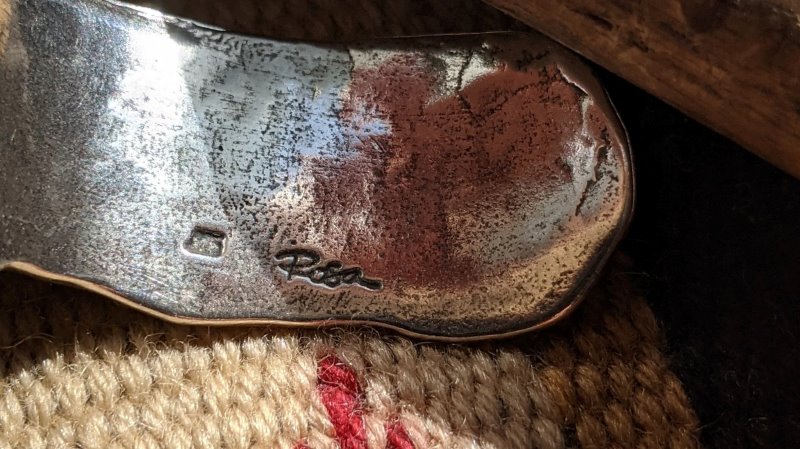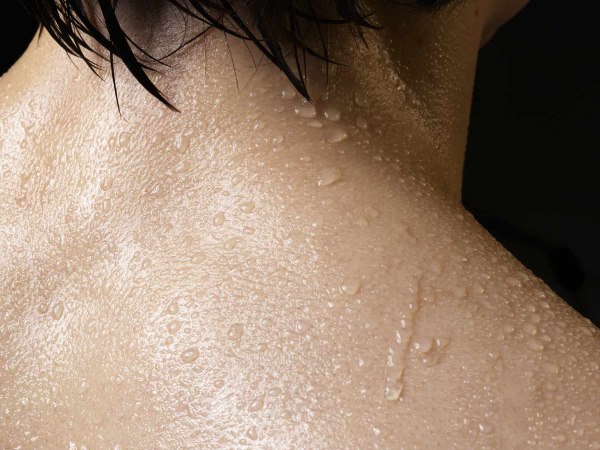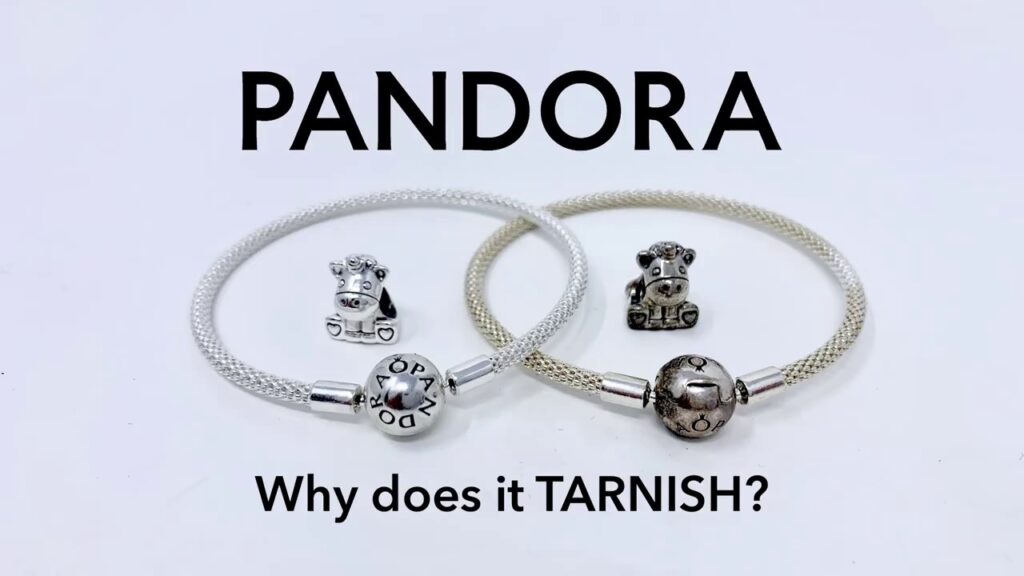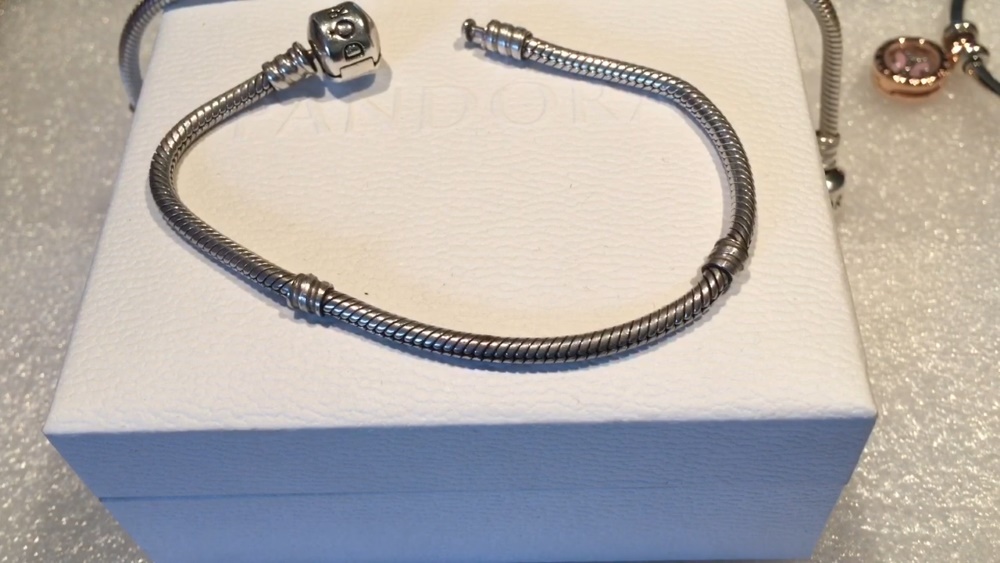Tips
Why Do Pandora Bracelets Turn Black? Causes and Solutions
Have you ever noticed your beautiful Pandora bracelet losing its shine and turning a dull, unsightly black? You’re not alone. Many Pandora bracelet owners wonder, why do Pandora bracelets turn black? It’s a common concern, and the answer lies in the fascinating science of metals and their interaction with the environment. Let’s dive deep into the reasons behind this transformation and explore how you can keep your cherished jewelry sparkling.
The Science Behind the Blackening: Understanding Tarnishing
The primary reason your Pandora bracelet might turn black is a natural chemical process called tarnishing. Most Pandora bracelets are made of sterling silver. Sterling silver isn’t pure silver; it’s an alloy. This means it’s a mixture of silver and other metals, usually copper. While copper adds strength and durability to the softer pure silver, it’s also the main culprit behind tarnishing.
When silver, particularly the copper content in sterling silver, comes into contact with certain elements in the air and on your skin, a chemical reaction occurs. The most common culprit is sulfur. Sulfur is present in the air, often in the form of hydrogen sulfide. It’s also found in things like pollution, certain foods, and even your own sweat.

When silver reacts with sulfur, it forms a new compound called silver sulfide. Silver sulfide is black in color. This black layer is what you see on your Pandora bracelet when it tarnishes. It’s not dirt or grime, but rather a chemical transformation of the metal itself. The thickness of this black layer depends on the amount of sulfur exposure and the duration of the exposure.
This process is similar to how iron rusts, although the chemical reactions and the resulting compounds are different. Rust is iron oxide, formed by the reaction of iron with oxygen and water. Tarnishing, on the other hand, is the reaction of silver with sulfur.
Key Factors That Accelerate Tarnishing
While the basic chemical reaction is the core reason why do Pandora bracelets turn black, several factors can speed up this process. Understanding these factors can help you take better care of your jewelry.

Body Chemistry and Sweat
Your own body chemistry plays a significant role in how quickly your Pandora bracelet might tarnish. Sweat contains salts and oils, but it can also contain sulfur compounds. The amount and composition of sweat vary from person to person and can even change based on diet, stress, and activity levels. If your sweat has a higher sulfur content, you might notice your Pandora bracelet tarnishing more quickly than someone else’s.
Exposure to Chemicals
Many everyday chemicals can react with the metals in your Pandora bracelet and accelerate tarnishing. These include:
- Perfumes and Lotions: These products often contain chemicals that can interact with silver. Applying them directly onto or near your bracelet can lead to faster tarnishing.
- Cleaning Products: Harsh chemicals found in household cleaners can be very damaging to silver. Always remove your jewelry before using cleaning products.
- Chlorine: Chlorine, found in swimming pools and some cleaning agents, is particularly harmful to silver and can cause it to tarnish rapidly.
- Hairspray: Similar to perfumes, hairspray contains chemicals that can react with the metal.
Air Pollution and Humidity
The environment around you also contributes to tarnishing. Air pollution contains various sulfur compounds that can react with your Pandora bracelet. High humidity can also exacerbate the problem. Moisture can facilitate the chemical reactions that lead to the formation of silver sulfide. If you live in an area with high levels of air pollution or humidity, you might find your bracelet tarnishing more quickly.
Storage Conditions
How you store your Pandora bracelet when you’re not wearing it can also impact how quickly it tarnishes. Leaving it exposed to air, especially in humid environments, allows the tarnishing process to continue. Storing your bracelet in a way that minimizes its exposure to air and moisture can help slow down the blackening.
Pandora Bracelet Composition: What Are They Really Made Of?
Pandora bracelets are primarily known for their customizable charm system. While the charms themselves come in various materials, the core bracelet is often made of sterling silver. As mentioned earlier, sterling silver is an alloy of 92.5% pure silver and 7.5% other metals, usually copper. This composition makes the bracelets durable enough to withstand daily wear while still retaining the beauty of silver.
Some Pandora bracelets are also made of other metals like gold or a unique blend of metals called Pandora Rose. Gold, especially higher karat gold, is less reactive than silver and therefore less prone to tarnishing. Pandora Rose, which is a blend of copper, silver, and a touch of gold, can also tarnish over time due to its copper content. However, the primary concern for blackening usually lies with the sterling silver bracelets.
Why Do Some Pandora Bracelets Turn Black Faster Than Others?
You might notice that some people’s Pandora bracelets seem to stay shiny for much longer than yours. Several factors can contribute to these differences:
- Individual Body Chemistry: As mentioned before, the composition of your sweat is unique. Some people naturally produce more sulfur compounds in their sweat than others, leading to faster tarnishing.
- Lifestyle and Habits: How often you wear your bracelet, the types of activities you engage in while wearing it, and your exposure to chemicals and pollutants all play a role. Someone who exercises frequently while wearing their bracelet might experience faster tarnishing due to increased sweat production.
- Environmental Factors: Living in a highly polluted or humid area can accelerate the tarnishing process regardless of individual habits.
- Care and Maintenance: Regular cleaning and proper storage can significantly impact how long your bracelet retains its shine. Those who diligently care for their jewelry will likely see less blackening.
Preventing Your Pandora Bracelet from Turning Black: Proactive Care

While tarnishing is a natural process, you can take several steps to slow it down and keep your Pandora bracelet looking its best for longer.
Avoid Contact with Chemicals
Be mindful of the chemicals your bracelet comes into contact with. Remove your bracelet before swimming in chlorinated pools or hot tubs. Avoid spraying perfumes or applying lotions directly onto your jewelry. It’s best to put on your bracelet after you’ve applied makeup, hairspray, and fragrance.
Remove During Certain Activities
Consider removing your Pandora bracelet during activities that might expose it to excessive sweat or harsh chemicals, such as exercising, cleaning, or gardening.
Clean Your Bracelet Regularly
Regular cleaning can help remove the buildup of oils, sweat, and other substances that can contribute to tarnishing. You can use a soft, lint-free cloth to gently wipe your bracelet after each wear. For a more thorough cleaning, you can use a mild silver cleaning solution specifically designed for jewelry. Always follow the instructions on the cleaning product.
Store Properly
When you’re not wearing your Pandora bracelet, store it in an airtight container or a tarnish-preventive pouch. These pouches are often made with materials that absorb sulfur compounds from the air, helping to prevent tarnishing. Avoid storing your bracelet in damp or humid environments, such as your bathroom. Keep it away from direct sunlight and extreme temperatures.
Consider Using Anti-Tarnish Products
There are various anti-tarnish products available, such as sprays or cloths, that can help protect your silver jewelry from tarnishing. These products create a protective barrier on the surface of the metal.
Cleaning Your Tarnished Pandora Bracelet: Restoring Its Shine
If your Pandora bracelet has already turned black, don’t worry! You can often restore its original shine with proper cleaning. Here are a few methods you can try:
Using a Silver Polishing Cloth
For light tarnish, a good quality silver polishing cloth can often do the trick. These cloths are usually treated with special chemicals that help remove tarnish. Gently rub the affected areas of your bracelet with the cloth until the blackness disappears and the shine returns.
Using a Mild Silver Cleaning Solution
For more stubborn tarnish, you might need to use a liquid silver cleaning solution. You can find these solutions at most jewelry stores or online. Make sure to choose a cleaner that is specifically designed for sterling silver. Follow the instructions on the product carefully. Usually, you’ll need to dip your bracelet into the solution for a short period and then rinse it thoroughly with water and dry it with a soft cloth.
The Baking Soda Method (Use with Caution)
Some people recommend using a mixture of baking soda and water to clean tarnished silver. However, this method can be abrasive and might scratch delicate jewelry. If you choose to try this method, make a paste of baking soda and warm water. Gently apply it to the tarnished areas with a soft cloth or toothbrush. Rinse thoroughly with water and dry completely. Be very careful when using this method, especially on Pandora bracelets with intricate details or delicate charms.
White Vinegar and Baking Soda
For heavy tarnish, soak your bracelet in a solution of white vinegar and baking soda for about two hours. Rinse with clean water and dry completely.
Mild Soap and Water
Mix warm water with a few drops of mild dish soap. Soak your bracelet for a few minutes, then gently scrub it with a soft toothbrush. Rinse with clean water and dry with a soft cloth.
Professional Cleaning
If your Pandora bracelet is heavily tarnished or if you’re unsure about cleaning it yourself, you can always take it to a professional jeweler. They have the expertise and specialized tools to safely and effectively clean your jewelry.
Learn More: Sparkle Like New! The Best Way to Clean Your Pandora Bracelet
Debunking Myths About Why Pandora Bracelets Turn Black
There are a few common misconceptions about why Pandora bracelets turn black. Let’s address some of them:
- Myth: It’s a sign of poor quality silver. Fact: Tarnishing is a natural chemical reaction that affects all sterling silver, regardless of its quality. The copper content, which is necessary for durability, is what causes the tarnish.
- Myth: Only cheap jewelry turns black. Fact: Even expensive sterling silver jewelry will tarnish over time. The price doesn’t determine whether or not tarnishing will occur; it’s the material composition.
- Myth: Wearing it constantly will prevent tarnishing. Fact: While wearing your bracelet can sometimes help to rub off light tarnish, constant exposure to sweat and other substances can actually accelerate the process for some individuals.
Conclusion: Embracing the Nature of Silver
Understanding why do Pandora bracelets turn black helps you appreciate the nature of the materials used to create these beautiful pieces. Tarnishing is a natural process that affects sterling silver due to its reaction with sulfur in the environment and on your skin. While you can’t completely prevent tarnishing, you can significantly slow it down by taking proper care of your bracelet. By avoiding harsh chemicals, cleaning it regularly, and storing it correctly, you can keep your Pandora bracelet sparkling and enjoy its beauty for years to come. Remember that a little blackening is often just a sign that your bracelet is interacting with the world around you, and with a little care, you can always bring back its original shine.
Frequently Asked Questions (FAQ)
Q: Is it normal for Pandora bracelets to turn black?
A: Yes, it is normal for sterling silver Pandora bracelets to turn black over time due to a natural chemical process called tarnishing.
Q: Can I prevent my Pandora bracelet from turning black?
A: While you can’t entirely prevent tarnishing, you can slow it down significantly by avoiding contact with chemicals, cleaning your bracelet regularly, and storing it properly.
Q: What is the black stuff on my Pandora bracelet?
A: The black substance is silver sulfide, which forms when the silver in your bracelet reacts with sulfur in the air and on your skin.
Q: How often should I clean my Pandora bracelet?
A: It’s a good idea to wipe your bracelet with a soft cloth after each wear. For a more thorough cleaning, you can do it every few weeks or as needed, depending on how quickly it tarnishes.
Q: Can I wear my Pandora bracelet in the shower?
A: It’s generally not recommended to wear your Pandora bracelet in the shower, as exposure to water and some soaps can contribute to tarnishing.
Q: Will cleaning my Pandora bracelet damage it?
A: If you use gentle cleaning methods and products specifically designed for sterling silver, cleaning should not damage your bracelet. Avoid using harsh chemicals or abrasive materials.
Q: Can I use toothpaste to clean my tarnished Pandora bracelet?
A: While some people recommend using toothpaste, it can be abrasive and might scratch the surface of your bracelet. It’s generally better to use products specifically designed for cleaning silver.
Q: Why does my Pandora bracelet turn black so quickly?
A: Several factors can contribute to rapid tarnishing, including your body chemistry, exposure to chemicals, environmental conditions, and how you store your bracelet.
Q: Can a jeweler clean my tarnished Pandora bracelet?
A: Yes, professional jewelers can effectively clean tarnished jewelry using specialized tools and solutions. This is a good option if your bracelet is heavily tarnished or if you’re unsure about cleaning it yourself.
Q: Does the type of charms I have on my bracelet affect tarnishing?
A: The material of your charms can potentially influence the environment around your bracelet. Some materials might release substances that could contribute to tarnishing, but the primary cause is the reaction of the sterling silver bracelet itself.





